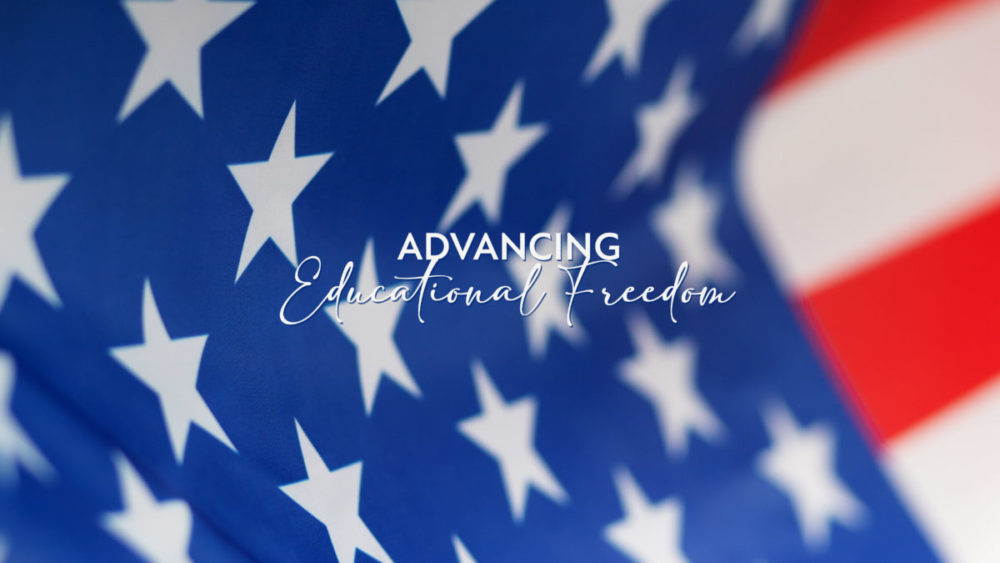


Breaking the K-12 Education Monopoly

Will 2023 Be Bright or Bleak for K-12 Educational Freedom?

Governor Doug Ducey’s Landmark Legacy Worthy of Tribute

Landmark Educational Freedom Victory

We Must Build on Educational Freedom Election Wins

The Fight For Educational Freedom Is Just Warming Up

Constraints on Educational Freedom Have Dems Fleeing the Party

‘Equity’ Is Eroding Education
